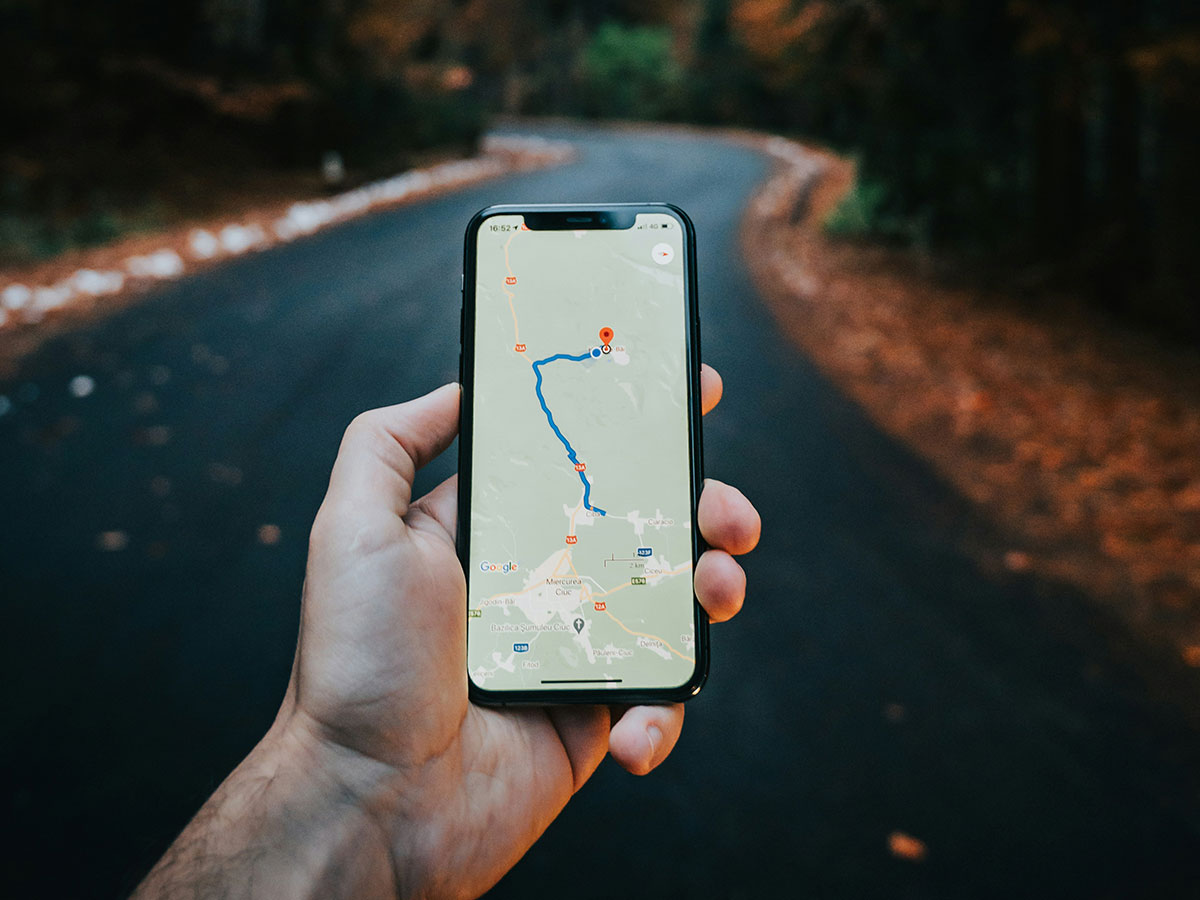Google has fairly recently changed the structure of how their cloud accounts work, so we've put together this guide on how to set up your Google cloud account & generate your API keys. If you’re looking to integrate Google Maps into your website or app, understanding how to set up a Google Cloud account, configure billing, and retrieve your API keys is essential. At Blayney Partnership, we regularly help clients enable and optimise Google Maps API for enhanced functionality on their platforms.
Step 1: Create Your Google Cloud Account
Before you can access Google Maps APIs, you’ll need a Google Cloud account.
- Sign in to Google Cloud: Head over to the Google Cloud Console and sign in with your Google account. If you don’t have one, you’ll need to create it first.
- Start Your Free Trial: Google offers a $300 free trial credits for new users to explore their platform. Once signed in, you’ll be prompted to activate the free trial. Click Activate to get started.
*Please note, a lot of sites will still be able to use standard map features with no charge, however using Google places & other more advanced API’s may incur a fee.
Step 2: Add Billing Information
Google Cloud requires billing information to enable API usage. Even if you’re on a free trial, it’s necessary to set up a billing account.
- Navigate to Billing: In the Navigation Menu (the hamburger icon in the top-left corner of the Cloud Console), click Billing.
- Add Billing Information: If this is your first time setting up Google Cloud, click Add billing account and follow the prompts to add your payment method, such as a credit card or PayPal.
- Link Your Billing Account: After adding your billing information, you’ll be asked to link it to your new project (we’ll create this next).
Step 3: Create a New Project in Google Cloud
In Google Cloud, a project is where you configure services and enable APIs. Here’s how to set up your project.
- Create a New Project: In the Navigation Menu, go to Home and then select Project Selector (a dropdown menu at the top). Click New Project.
- Name Your Project: Give your project a descriptive name and choose your organization or location if applicable.
- Click Create: Your project will be listed in the Project Selector dropdown once it’s created.
Step 4: Enable Google Maps APIs
To make use of Google Maps functionality, you need to enable the relevant APIs.
- Open the API Library: In the Navigation Menu, go to APIs & Services > Library.
- Search for Google Maps APIs: Type “Maps” into the search bar to find the available APIs for Google Maps. Popular options include:
- Maps JavaScript API: For embedding Google Maps on your website.
- Geocoding API: For converting addresses to geographic coordinates.
- Places API: For accessing detailed information about places.
- Directions API: For providing directions and route information.
- Enable the APIs: Click on the API you need and hit the Enable button. Repeat this process for any other APIs you plan to use.
Step 5: Generate Your Google Maps API Key
Once your APIs are enabled, you’ll need an API key to authenticate your requests.
- Go to the Credentials Page: Navigate to APIs & Services > Credentials.
- Create an API Key: Click Create Credentials at the top of the page, then select API Key. Your key will be generated and displayed on the screen—be sure to copy it for future use.
- Secure Your API Key:
- Under Key Restrictions, choose HTTP referrers (websites) if you’re using the key on a website, and list the domains that will use this key (e.g. https://example.com/*).
- For server-side applications, use IP address restrictions to lock down which IPs can make requests with your API key.
- API Restrictions: Limit the key to the specific APIs you’ve enabled (e.g., Maps JavaScript API) to avoid abuse.
- Save Your Changes: After setting the restrictions, click Save to apply them.
Conclusion
Setting up Google Cloud and enabling Google Maps APIs is an essential step in integrating location services into your website or application. With the API key in place, you can now explore the full power of Google Maps, including real-time directions, geolocation services, and place details.
At Blayney Partnership, we’re here to assist with any technical challenges you face when working with Google Cloud and Maps APIs. If you need support, feel free to contact us for more information on how we can help optimise your digital projects.
”Google Cloud provides businesses with a powerful, scalable platform to integrate location-based services seamlessly. Whether you're embedding maps, offering directions, or analysing geographic data, the flexibility and robust features of Google Maps APIs make it an essential tool for modern web development.
RalphFront-End Developer, Blayney Partnership

